Chords Guitar - Google Blog Search |
| Easy Jazz Arpeggios ? ii V I VI <b>Chords</b> - The Jazz <b>Guitar</b> Blog Posted: 24 Mar 2015 06:04 AM PDT One of the big struggles that many guitarists face when first learning jazz guitar arpeggios, is that they learn large shapes (usually two octaves), which can be hard to connect when applied to a soloing situation. While two-octave shapes are essential learning, there is an easier way to get started with arpeggios. This approach involves learning one-octave shapes for each arpeggio, and then placing them in one position on the fretboard when applied to a jazz chord progression, which will be the focus of this lesson. Learning smaller, one-octave, shapes, and then working them out on a single position over chord changes will allow you to quickly and easily move between shapes, without any shifting, in your jazz guitar solos. Easy Jazz Arpeggios – Position 1The examples in this lesson are all in the key of C major, so start by learning these shapes in that key before moving them to other keys on the fretboard. As well, once you can play these shapes from memory, put on a ii-V-I-VI backing track and solo over those changes using the shapes from this lesson to create your lines. Here is a Dm7-G7-Cmaj7-A7b9 backing track that you can use in your practice sessions. Listen & Play Here is the first position for the easy jazz arpeggio fingerings, starting with the Dm7 shape on the 6th string and moving to the other chords in that same position from that starting shape. Notice that you can play all four arpeggios, meaning you can now solo over all four of those chords, without moving your hand – you are staying in one position on the fretboard the whole time. Listen & Play To help you take these shapes to a musical situation, here is a sample lick that you can learn that uses these four shapes in its construction. Listen & Play Easy Jazz Arpeggios – Position 2Moving on, let's take the easy arpeggio approach to a new position, this time playing the Dm7 arpeggio from the 5th-string root note, with the rest of the arpeggios being in that one position from there. Listen & Play Again, here is a sample lick that you can practice to help you take these shapes from a technical to an improvisational standpoint in your practice routine. Listen & Play Easy Jazz Arpeggios – Position 3The final easy jazz arpeggio position begins with the Dm7 arpeggio on the 4th string root, with the rest of the changes played in that same position. Listen & Play Lastly, here is a sample lick that you can learn which demonstrates the arpeggios in this position over the ii-V-I-VI chord progression. Once you have learned this lick, and the other two in this lesson, try writing out a few licks of your own to see and hear how these shapes sound over the chords before you being improvising with them over a backing track. Listen & Play Any questions or feedback? Let us know by leaving a comment below… |
| 10 Solid Reasons to Learn New <b>Chords</b> Now and How - <b>Guitar</b> Habits Posted: 26 Mar 2015 11:21 PM PDT Bigstock photo Why would you need to continue to learn and memorize new chords? You can look them up right? Right and wrong! When you are writing or creating and your mind doesn't have that big beautiful chord vocabulary, your imagination can't benefit from all this creativity that is going on inside your head and you're holding back from your true potential. You've got the creativity, but you're missing the input. Also when you're playing guitar in a band you want to feel confident right? You want to be a pro, so act like a pro. Study and learn as much as you can. Be in control of your game. It builds confidence and increases the fun. Let's work on it! Here are the 10 reasons to keep learning new chords and how to go about it. LEARN NEW CHORDS TO 1 – benefit your creative imagination. 2 – expand your visualization on the fretboard. 3 – develop and broaden your insight. 4 – increase the fun in your playing. There are so many beautiful chords to learn there's no stopping. I still discover new sounds and chord tricks that make me fall in love with the guitar over and over again. 5 – improve your left hand dexterity. 6 – build confidence in your playing. 7 – create overall flexibility 8 – build your infrastructure. 9 – add more color 10 – feel free and liberated. HOW TO DO IT 1 – Create a habit 2 – Practice thoroughly 3 – Train your muscle memory 4 – Incorporate 5 – Create interest Exceed your limits! |
| You are subscribed to email updates from Chords Guitar - Google Blog Search To stop receiving these emails, you may unsubscribe now. | Email delivery powered by Google |
| Google Inc., 1600 Amphitheatre Parkway, Mountain View, CA 94043, United States | |
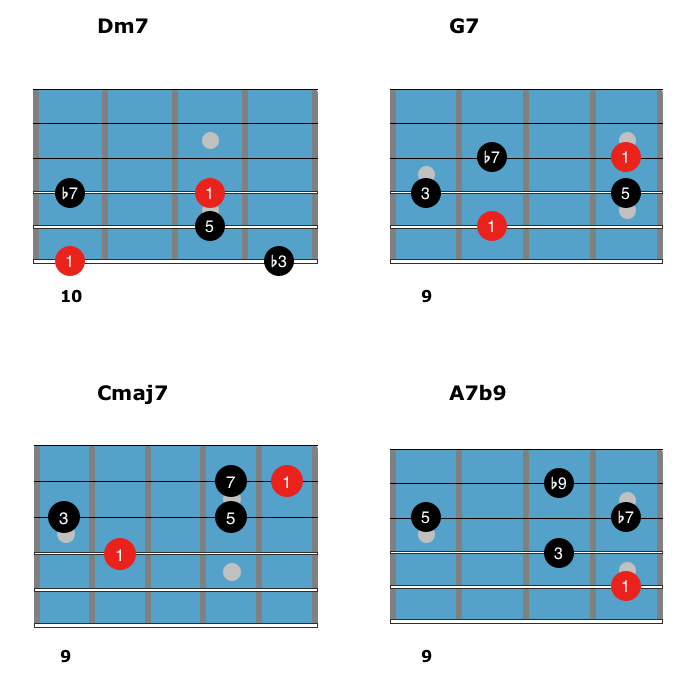

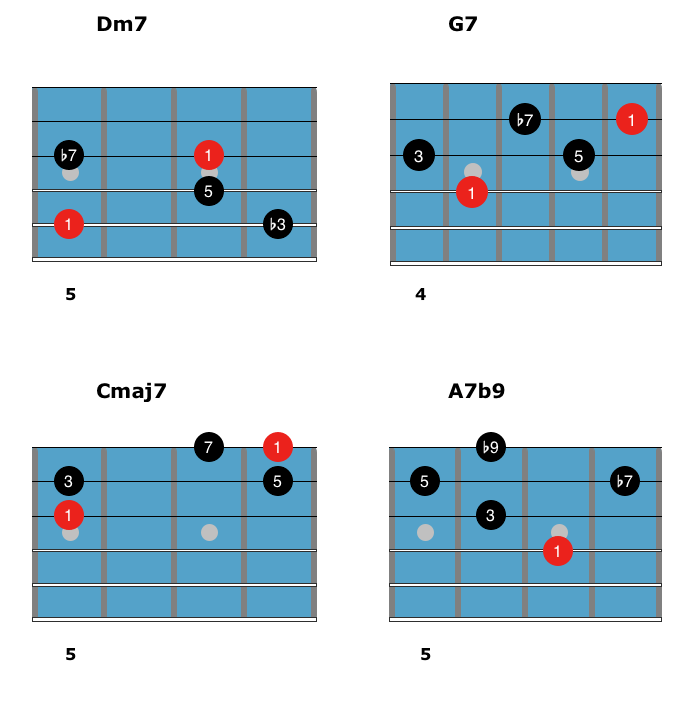

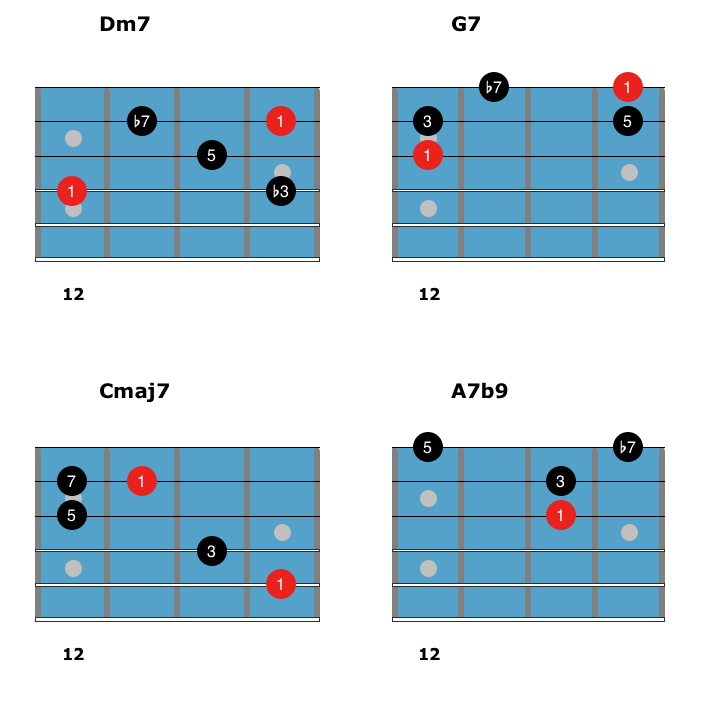

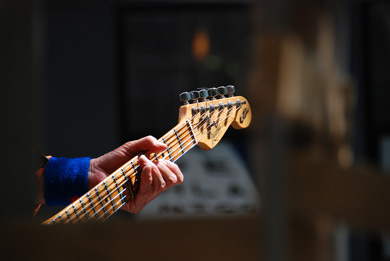 You might already know a bunch of chords. You can play a good number of songs and you're doing just fine. You don't want to burden yourself any more than necessary.
You might already know a bunch of chords. You can play a good number of songs and you're doing just fine. You don't want to burden yourself any more than necessary.











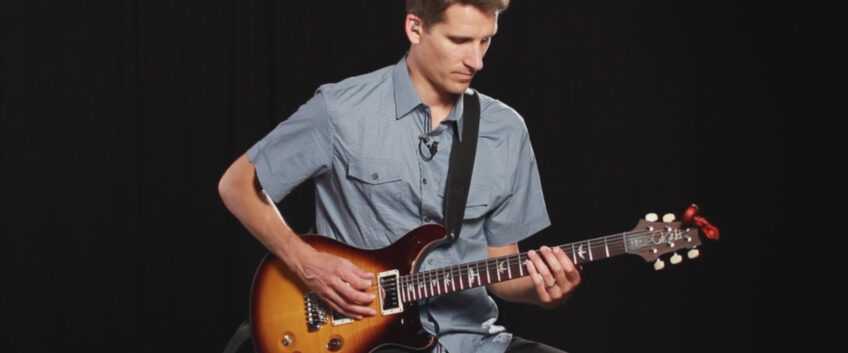


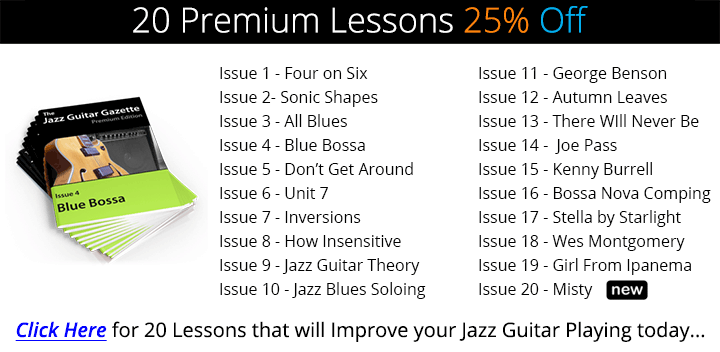

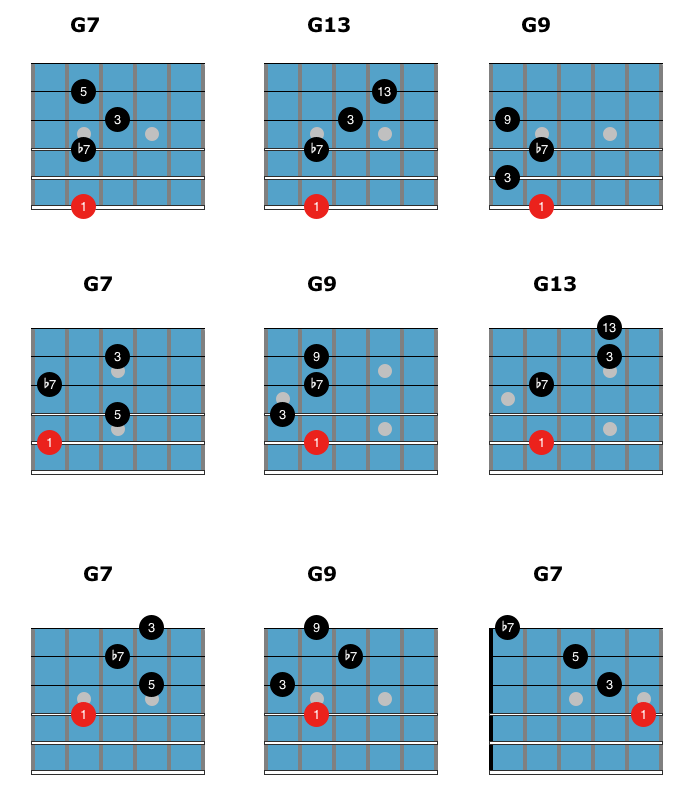
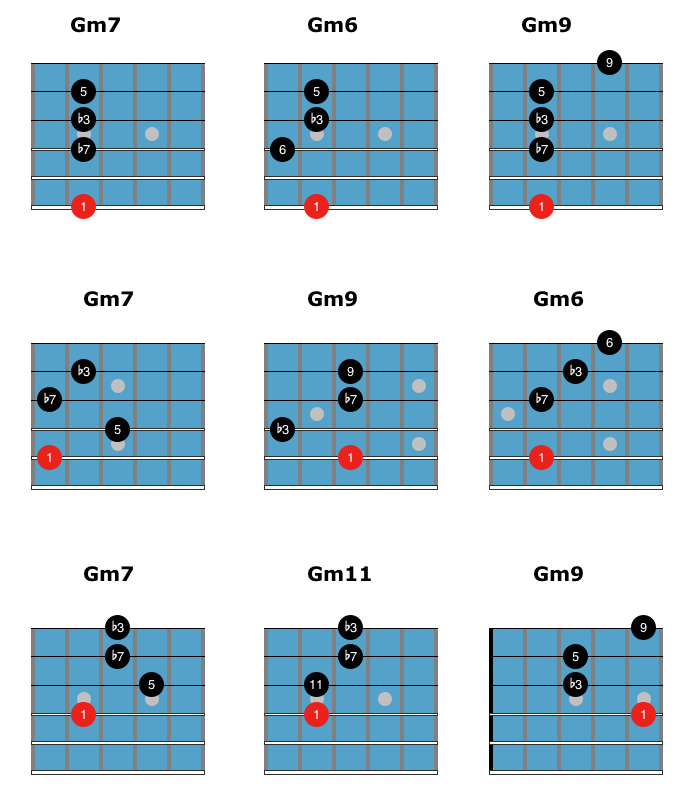
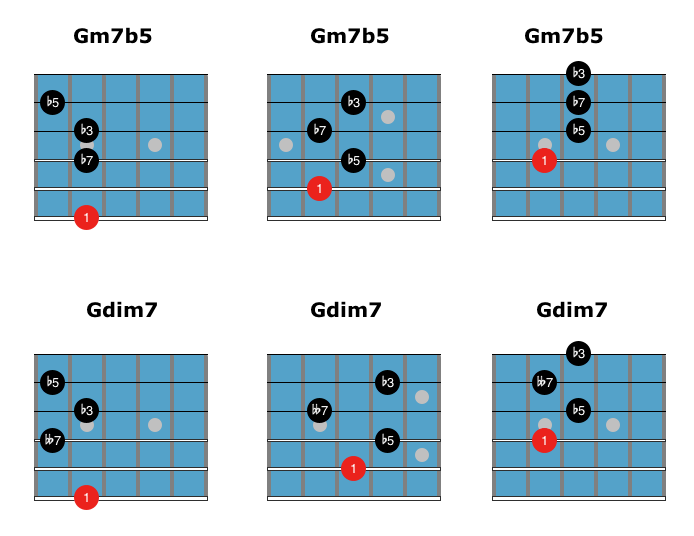
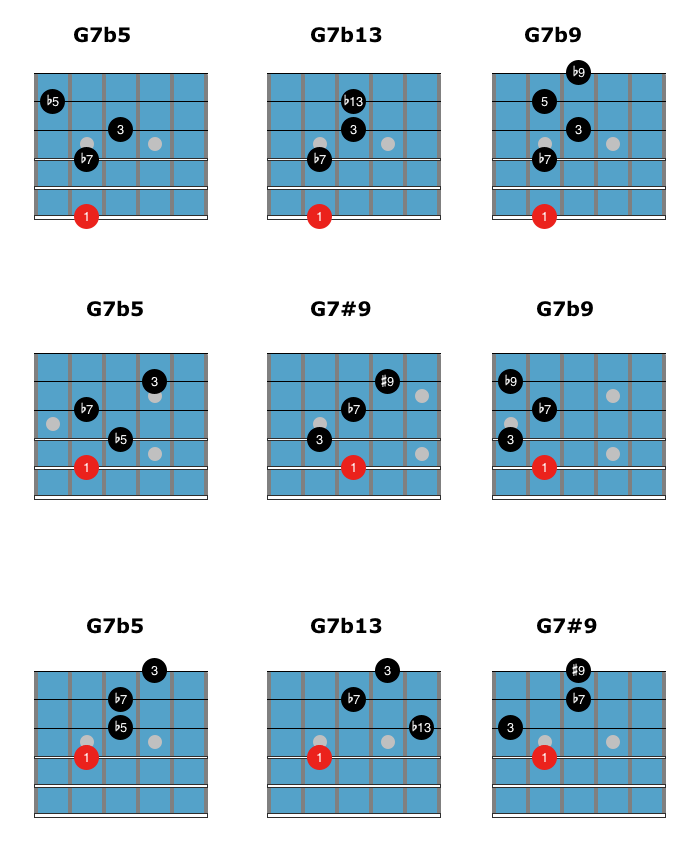


















 If you are a beginner guitar player or you just need some inspiration for easy guitar songs you've come to the right place.
If you are a beginner guitar player or you just need some inspiration for easy guitar songs you've come to the right place.







